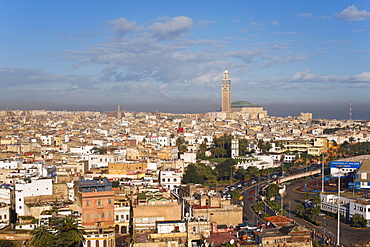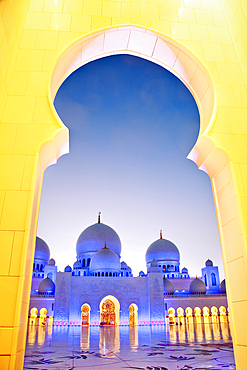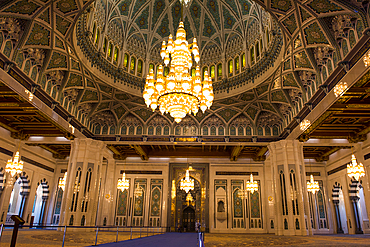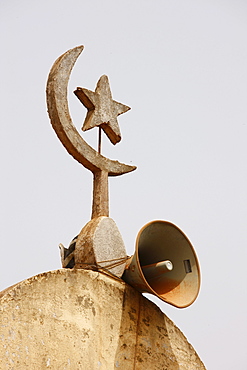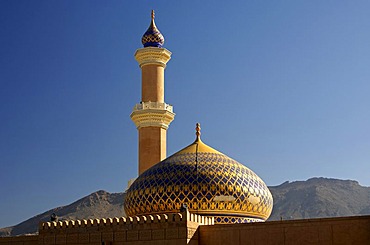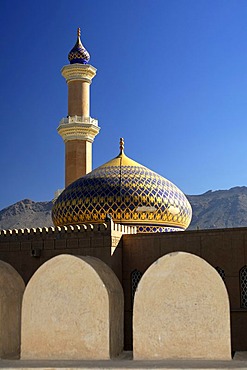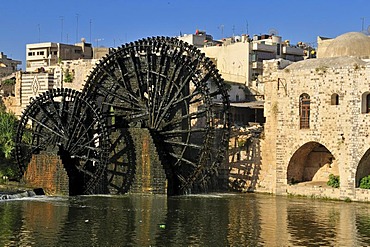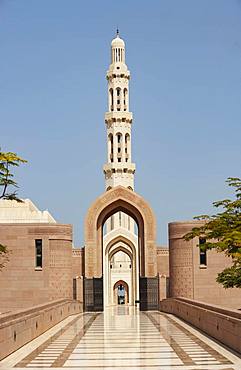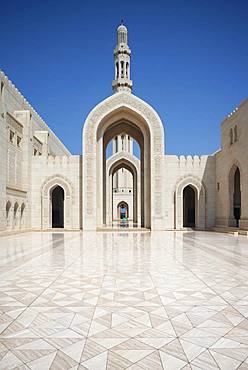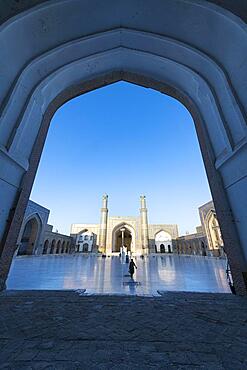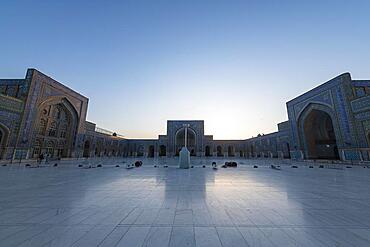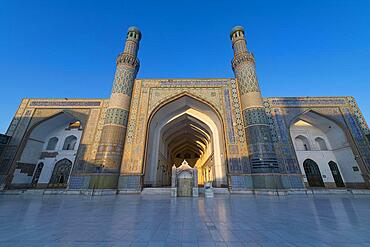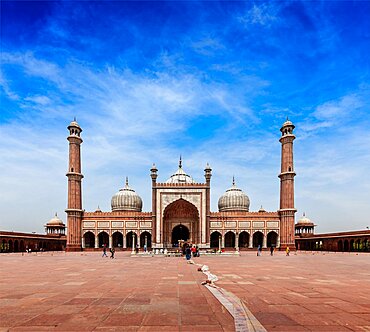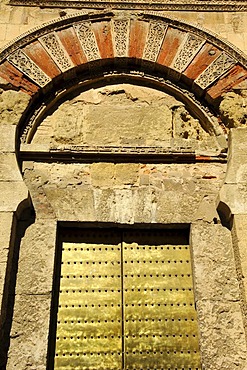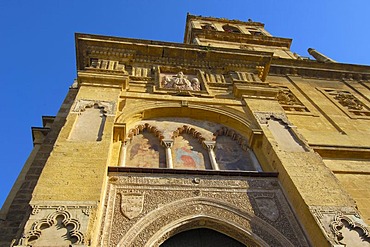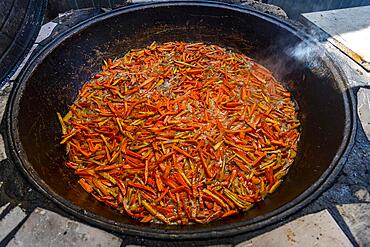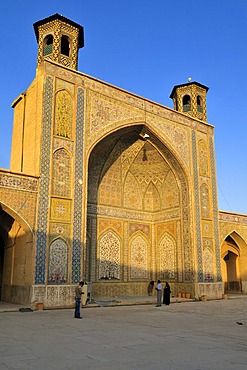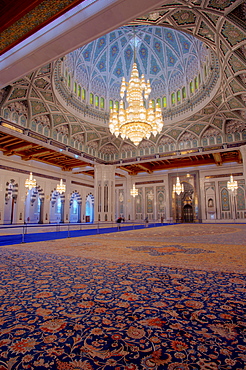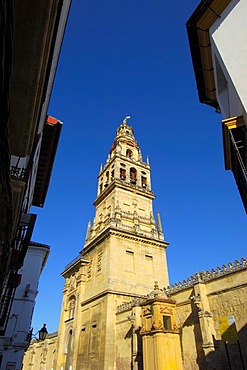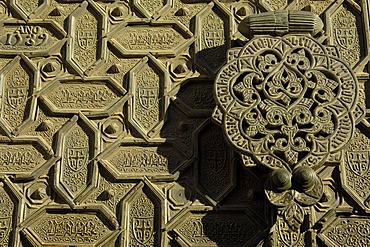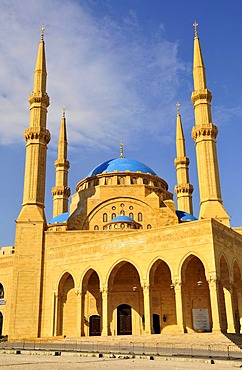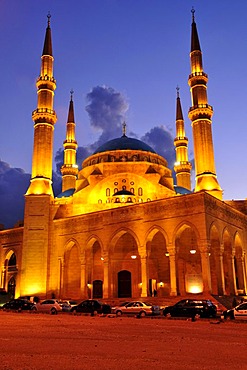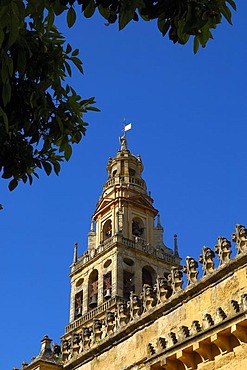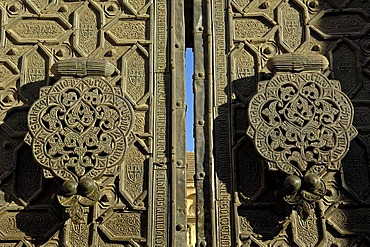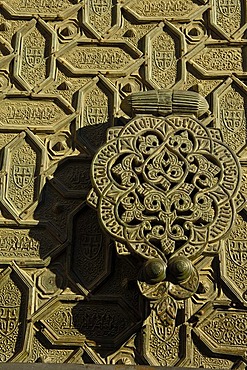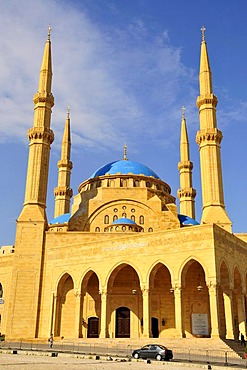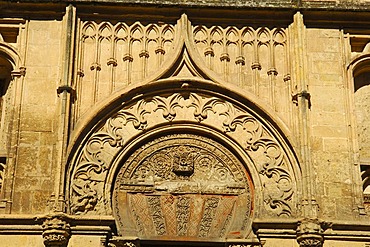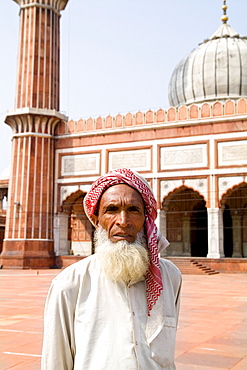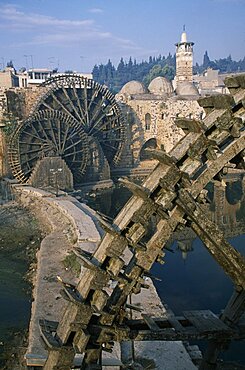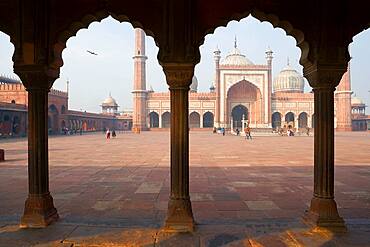Results
17 results found
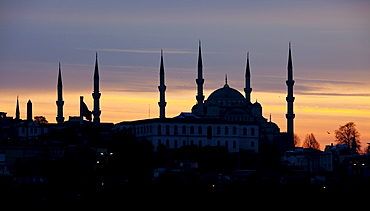
Silhouette at dawn of the Blue Mosque built by Sultan Ahmet I in 1609, designed by architect Mehmet Aga, Istanbul, Turkey, Europe
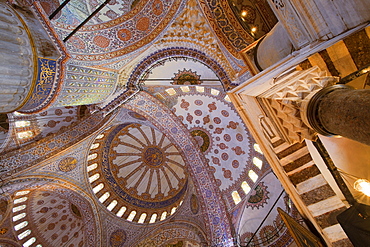
Interior of the Blue Mosque built by Sultan Ahmet I in 1609, designed by architect Mehmet Aga, Istanbul, Turkey, Europe
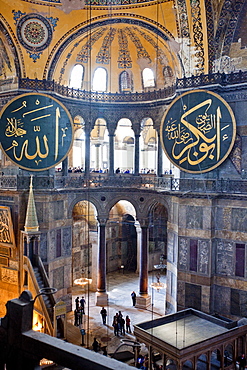
Byzantine architecture of Aya Sofya (Hagia Sophia), constructed as a church in the 6th century by Emperor Justinian, a mosque for years, now a museum, UNESCO World Heritage Site, Istanbul, Turkey, Europe
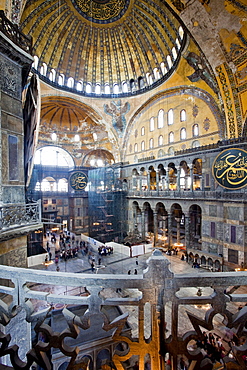
Byzantine architecture of Aya Sofya (Hagia Sophia), constructed as a church in the 6th century by Emperor Justinian, a mosque for years, now a museum, UNESCO World Heritage Site, Istanbul, Turkey, Europe

Byzantine architecture of Aya Sofya (Hagia Sophia), constructed as a church in the 6th century by Emperor Justinian, a mosque for years, now a museum, UNESCO World Heritage Site, Istanbul, Turkey, Europe
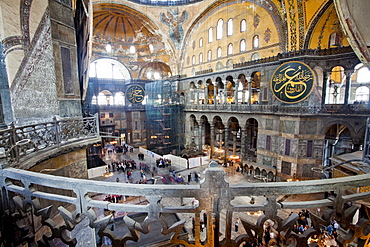
Byzantine architecture of Aya Sofya (Hagia Sophia), constructed as a church in the 6th century by Emperor Justinian, a mosque for years, now a museum, UNESCO World Heritage Site, Istanbul, Turkey, Europe
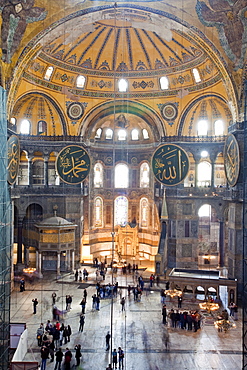
Byzantine architecture of Aya Sofya (Hagia Sophia), constructed as a church in the 6th century by Emperor Justinian, a mosque for years, now a museum, UNESCO World Heritage Site, Istanbul, Turkey, Europe
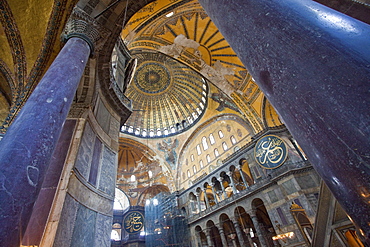
Byzantine architecture of Aya Sofya (Hagia Sophia), constructed as a church in the 6th century by Emperor Justinian, a mosque for years, now a museum, UNESCO World Heritage Site, Istanbul, Turkey, Europe
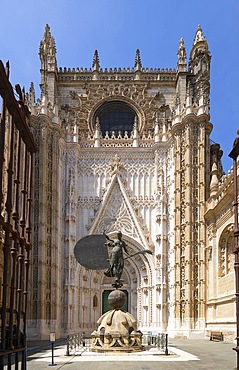
Seville Cathedral (Cathedral of Santa Maria de la Sede), former ancient Almohad mosque, UNESCO, Seville, Andalusia, Spain
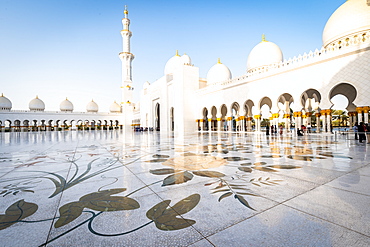
The domes and minarets of Abu Dhabi's Grand Mosque viewed across the large marble tiled central courtyard, Abu Dhabi, United Arab Emirates, Middle East
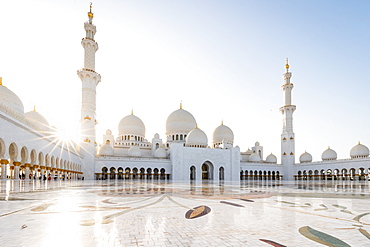
The domes and minarets of Abu Dhabi's Grand Mosque viewed across the large marble tiled central courtyard, Abu Dhabi, United Arab Emirates, Middle East
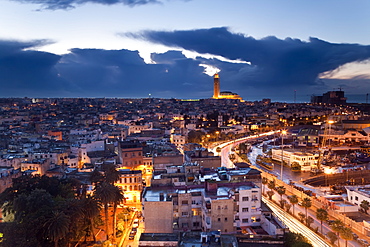
View over city with the Hassan II Mosque, the third largest mosque in the world in the bakcground, Casablanca, Morocco, North Africa, Africa

Large, golden chandelier, DITIB-Merkez-Mosque, newly built in the Ottoman style, one of the largest mosques in Germany, Duisburg-Marxloh, Ruhr Area, North Rhine-Westphalia, Germany, Europe

Meidan-e Emam, Naqsh-e Jahan, Imam Square with Sheik Lotfollah, Lotf Allah Mosque, UNESCO World Heritage Site, Isfahan, Esfahan, Iran, Persia, Asia

Meidan-e Emam, Naqsh-e Jahan, Imam Square with Sheik Lotfollah, Lotf Allah Mosque, UNESCO World Heritage Site, Isfahan, Esfahan, Iran, Persia, Asia

Highlight of Persian architecture, Sheik Lotfollah, Lotf Allah Mosque, UNESCO World Heritage Site, Isfahan, Esfahan, Iran, Persia, Asia

Courtyard of the Umayyad Mosque at Damascus, Unesco World Heritage Site, Syria, Middle East, West Asia
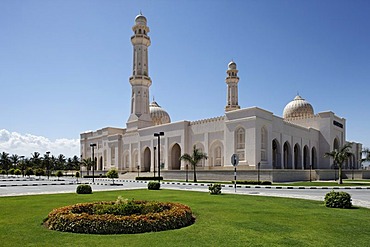
Sultan-Qabus-Mosque with flowerbed at front, Salalah, Dhofar, Sultanate of Oman, Gulf State, Arabian Peninsula, Middle East, Asia
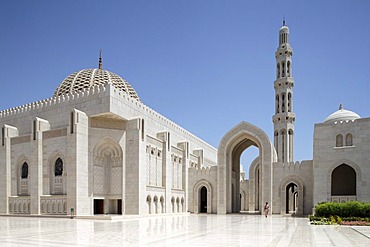
Square with pointed arch, gate, minaret, dome, Sultan Qaboos Grand Mosque, Muscat capital, Sultanate of Oman, gulf states, Arabic Peninsula, Middle East, Asia

Square with pointed arch, gate, minaret, Sultan Qaboos Grand Mosque, Muscat capital, Sultanate of Oman, gulf states, Arabic Peninsula, Middle East, Asia
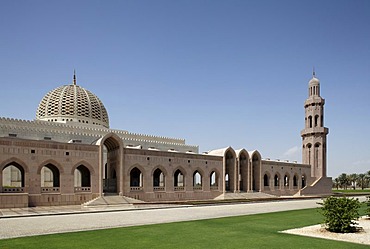
Minaret, dome, lawn, Sultan Qaboos Grand Mosque, Muscat capital, Sultanate of Oman, gulf states, Arabic Peninsula, Middle East, Asia
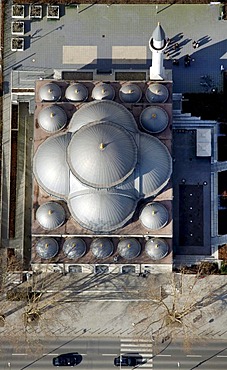
Aerial view, dome roof, DITIB mosque on Warbruckstrasse in Duisburg-Marxloh, Duisburg, Ruhrgebiet region, North Rhine-Westphalia, Germany, Europe
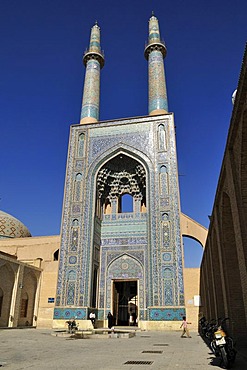
Friday or Congregational Mosque in the historic town of Yazd, UNESCO World Heritage Site, Iran, Persia, Asia
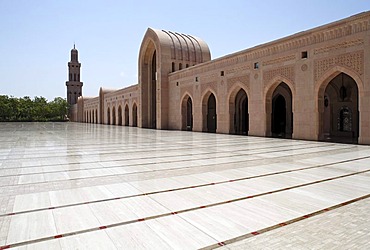
Large square with pointed arch, gates, minaret, Sultan Qaboos Grand Mosque, Muscat capital, Sultanate of Oman, gulf states, Arabic Peninsula, Middle East, Asia
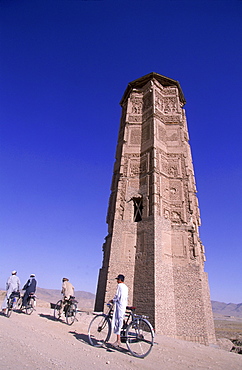
Men and boys on bikes ride past a towering, ancient minaret, outside of Ghazni, Afghanistan, October 1, 2002. Made of brick decorated with Kufic and Naksh Script and floral motifs, the minaret dates back to the early 12th century and was built by Sultan Masud III of the Ghaznavid Dynasty, who ruled over an empire encompassing much of Afghanistan, Northern India, Persia and Central Asia. The minaret was once three times as tall as its current 70 feet, and is thought to have been part of a large mosque complex. Now an important truck stop on the road to Kandahar, Ghazni, located on the Lora River at the elevation of 2,225 meters, is the capital of Ghazni province and is a market for sheep, wool, camel hair cloth, corn, and fruit-it also continues to be a haven for Taliban insurgents.
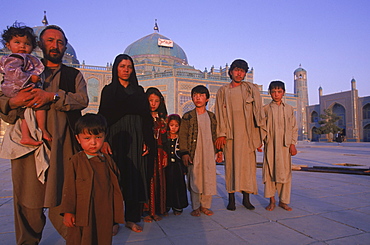
A large Turkomen family who have made a pilgrimage to the shrine of Hazrat Ali at the Blue Mosque in Mazar-i-Sharif, pose for a photo in front of the temple complex. The Blue Mosque is considered to be one of the most important and beautiful buildings in Afghanistan

Afghan men pause on the road with an ancient brick minaret and many shrines in the background, outside of Ghazni, Afghanistan, October 1, 2002. Made of brick decorated with Kufic and Naksh Script and floral motifs, the minaret dates back to the early 12th century and was built by Sultan Masud III of the Ghaznavid Dynasty, who ruled over an empire encompassing much of Afghanistan, Northern India, Persia and Central Asia. The minaret was once three times as tall as its current 70 feet, and is thought to have been part of a large mosque complex. Now an important truck stop on the road to Kandahar, Ghazni, located on the Lora River at the elevation of 2,225 meters, is the capital of Ghazni province with a population of 35,900, and is a market for sheep, wool, camel hair cloth, corn, and fruit, and continues to be a haven for Taliban insurgents.

Men on bikes ride past an ancient brick minaret toward the old walls and citadel of the town of Ghazni, Afghanistan, October 1, 2002. Made of brick decorated with Kufic and Naksh Script and floral motifs, the minaret dates back to the early 12th century and was built by Sultan Masud III of the Ghaznavid Dynasty, who ruled over an empire encompassing much of Afghanistan, Northern India, Persia and Central Asia. The minaret was once three times as tall as its current 70 feet, and is thought to have been part of a large mosque complex. Now an important truck stop on the road to Kandahar, Ghazni, located on the Lora River at the elevation of 2,225 meters, is the capital of Ghazni province with a population of 35,900, and is a market for sheep, wool, camel hair cloth, corn, and fruit.
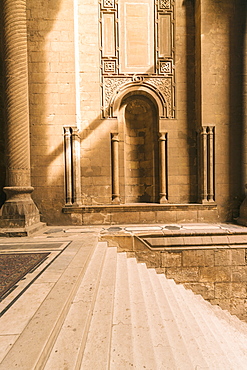
Al-Rifa'i Mosque Entrance in the historic part of Cairo, The building itself is a melange of styles taken primarily from the Mamluk period of Egyptian history, including its dome and minaret. The building contains a large prayer hall as well as the shrines of al-Rifa'i and two other local saints, Ali Abi-Shubbak and Yahya al-Ansari. Members of the Royal family of Egypt are baried in the mosque, like Kind Farouk the first
